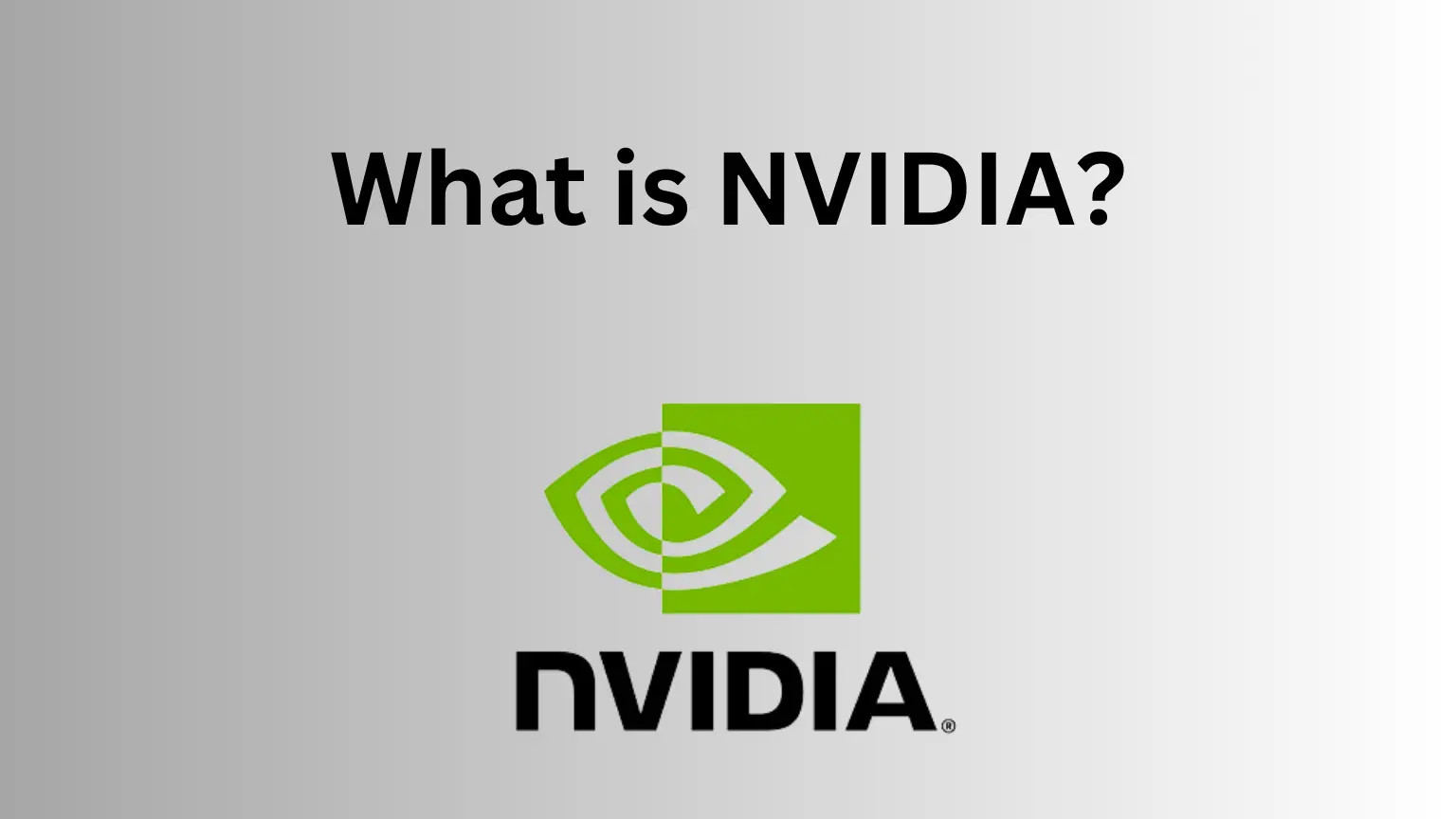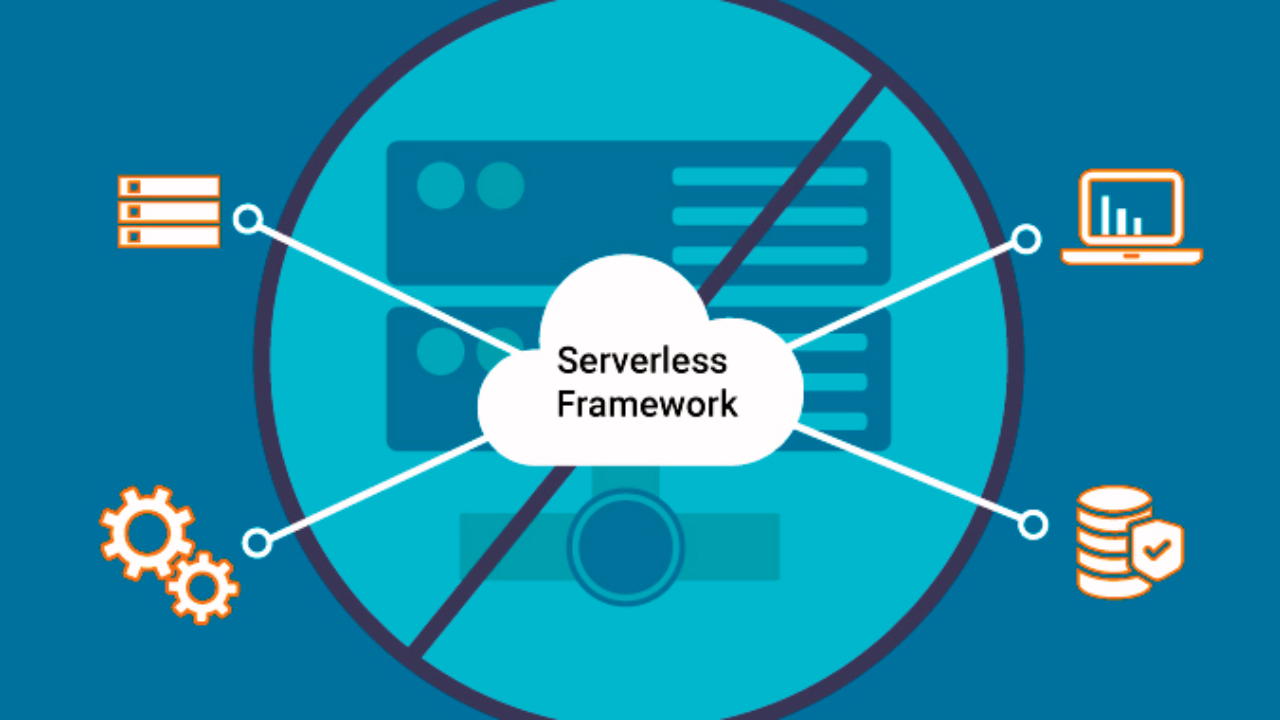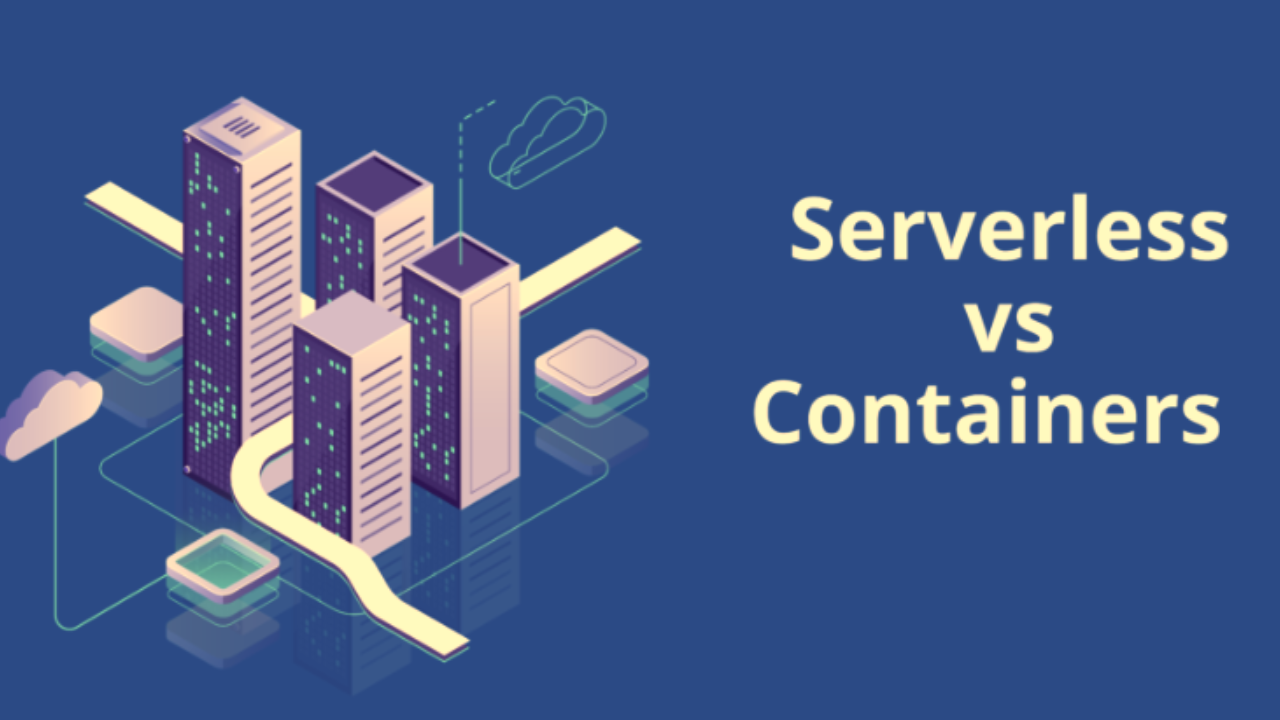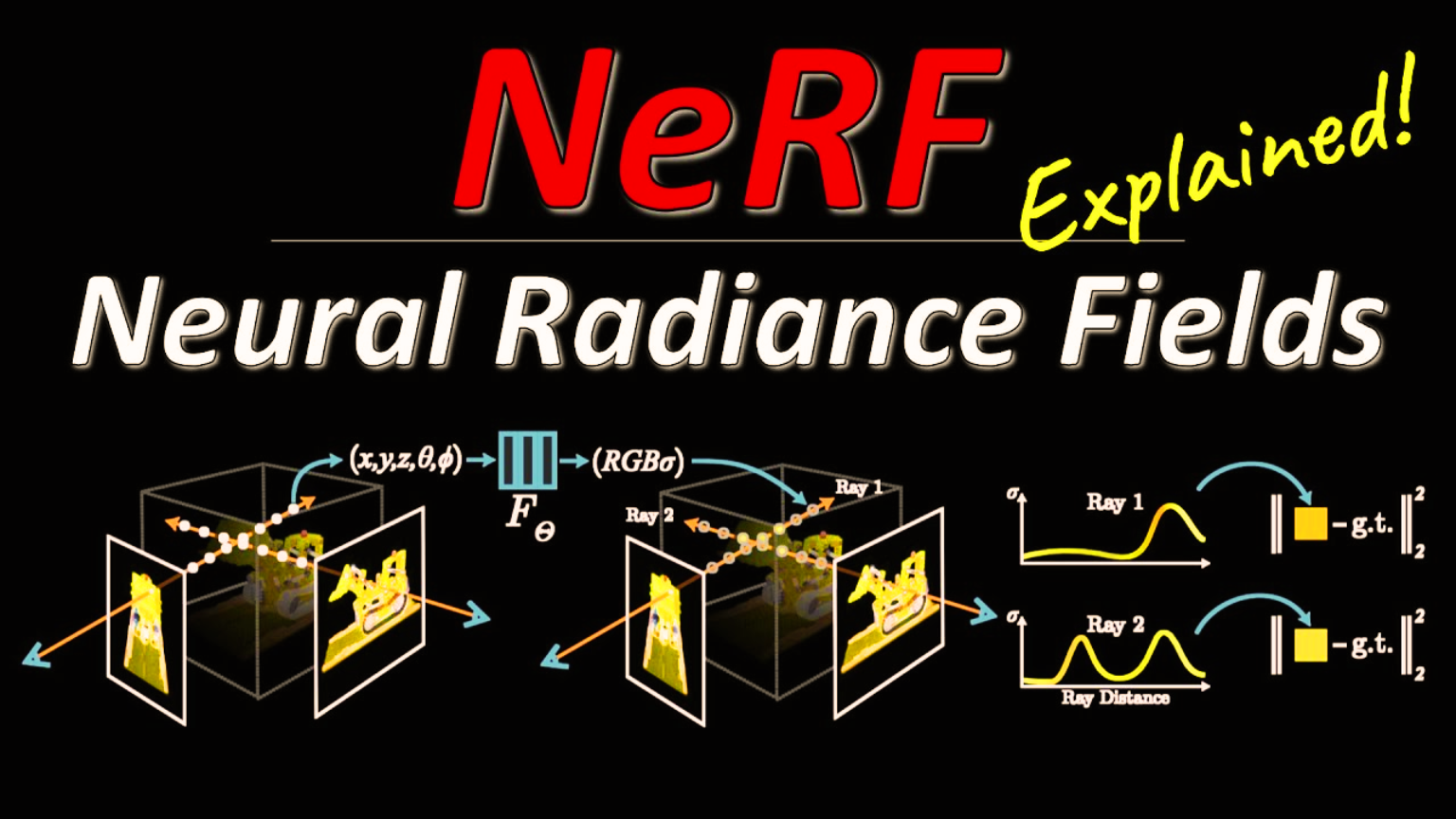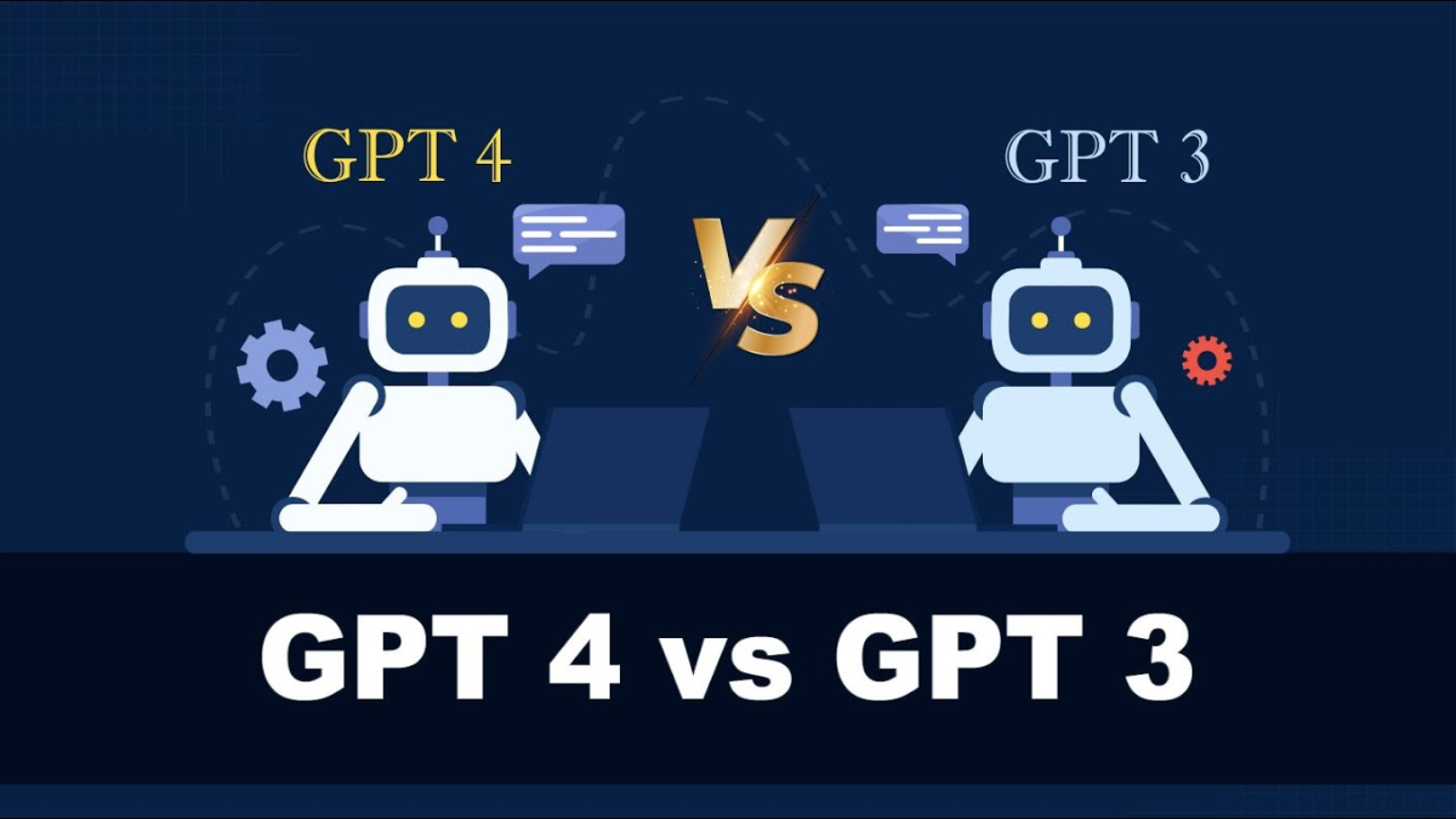Are you ready to take your software development skills to the next level? Look no further than the world of microservices vs APIs. These two approaches to building software have taken the tech industry by storm, and for good reason. In this blog, we’ll explore the exciting world of microservices and APIs, and help you understand the key differences between them.
From the benefits of containerization to the power of RESTful APIs, we’ll cover everything you need to know to make informed decisions about your software architecture. So buckle up and get ready to join the revolution.
Kaggle vs Jupyter: Which One Suits Your Data Science Needs
.
What is Microservices Architecture?
Microservices architecture is an approach to building software that emphasizes the creation of small, independent services that work together to form a larger application. Each service is designed to perform a specific function, and communicates with other services through APIs.
This approach allows for greater flexibility and scalability, as each service can be developed, deployed, and scaled independently of the others.
Microservices architecture is often contrasted with monolithic architecture, in which all of the application’s functionality is contained within a single codebase.
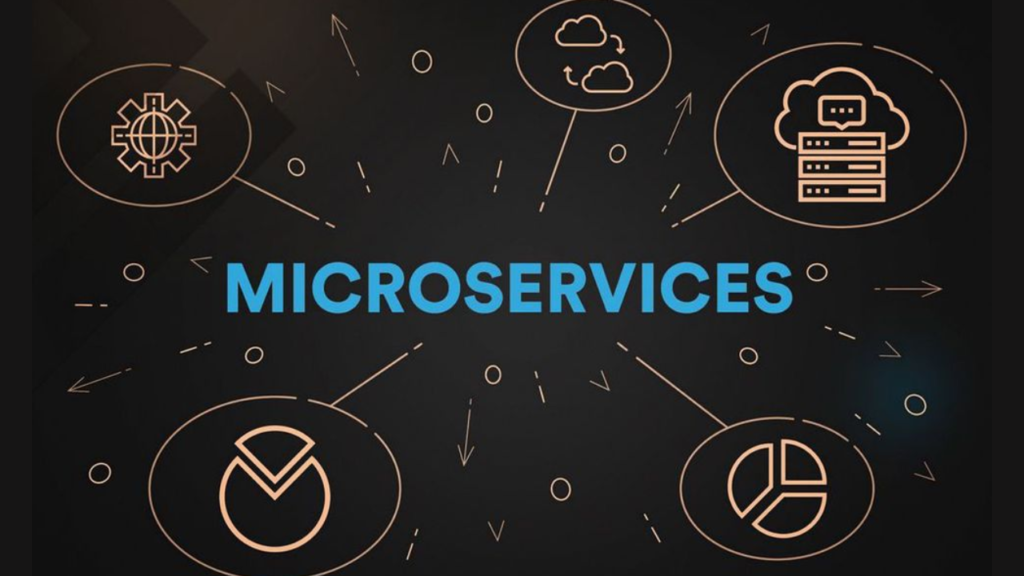
Uses of Microservices
Microservices architecture has a number of potential benefits for software development, including:
1: Scalability:
Because each microservice is designed to perform a specific function, it can be scaled independently of the others. This allows for greater flexibility and efficiency in managing resources.
2. Resilience:
Microservices are designed to be fault-tolerant, meaning that if one service fails, it does not bring down the entire application. This can help to ensure that the application remains available and responsive even in the face of failures.
3. Agility:
Microservices architecture allows for greater agility in software development, as each service can be developed, tested, and deployed independently of the others. This can help to speed up the development process and reduce time-to-market.
RASP vs WAF: Which is the Better Security Solution?
4. Maintainability:
Because each microservice is relatively small and focused, it can be easier to maintain and update than a monolithic application. This can help to reduce the risk of introducing bugs or other issues when making changes to the codebase.
5. Technology diversity:
Microservices architecture allows for greater flexibility in choosing the technologies used for each service. This can help to ensure that each service is using the best technology for its specific function, rather than being limited by the technology choices made for the entire application.
What is an API?
An API, or application programming interface, is a set of protocols, routines, and tools for building software applications. APIs define how different software components should interact with each other, and provide a way for developers to access the functionality of another application or service.
APIs are often used to enable communication between different microservices in a microservices architecture. They can also be used to allow third-party developers to access the functionality of a web application or service, such as retrieving data or performing specific actions.
APIs typically use a standardized format for communication, such as REST (Representational State Transfer), SOAP (Simple Object Access Protocol), or GraphQL.
Microservices Vs Api – What’s their Purpose?
microservices and APIs serve different purposes, but they are often used together in modern software development. Microservices architecture is an approach to building software that emphasizes the creation of small, independent services that work together to form a larger application.
Each service is designed to perform a specific function, and communicates with other services through APIs. APIs, on the other hand, are a set of protocols, routines, and tools for building software applications. APIs define how different software components should interact with each other, and provide a way for developers to access the functionality of another application or service. APIs are often used to enable communication between different microservices in a microservices architecture.
In other words, microservices are the building blocks of an application, while APIs are the communication tools that allow those building blocks to work together.
Microservices Vs Api – Some Similarities
Here are five similarities between microservices and APIs:
1. Both microservices and APIs are used in modern software development to create scalable, flexible, and modular applications.
2. Both microservices and APIs are designed to be loosely coupled, meaning that changes to one service or component should not affect the others.
3. Both microservices and APIs are often used in cloud-based applications, where services are distributed across multiple servers or data centers.
4. Both microservices and APIs can be used to enable communication between different parts of an application, or between different applications altogether
5. Both microservices and APIs can be used to improve the overall performance, reliability, and maintainability of an application.
Microservices Vs Api – Some Differences
Here are five differences between microservices and APIs:
1. Microservices are a way of designing and building software applications, while APIs are a way of enabling communication between different software components.
2. Microservices are typically small, independent services that are designed to perform a specific function, while APIs can be used to access the functionality of an entire application or service.
3. Microservices are often used in cloud-based applications, where services are distributed across multiple servers or data centers, while APIs can be used in any type of software application.
4. Microservices are designed to be loosely coupled, meaning that changes to one service should not affect the others, while APIs can be tightly coupled, meaning that changes to one component can have a significant impact on the others.
5. Microservices are often managed and deployed independently, while APIs are typically managed and deployed as part of a larger application or service.
Bottom Line:
While microservices and APIs share some similarities, they serve different purposes in modern software development. Microservices are the building blocks of an application, while APIs are the communication tools that allow those building blocks to work together.
Understanding the differences between microservices and APIs is crucial for developers who want to create scalable, flexible, and modular applications. By leveraging the strengths of both microservices and APIs, developers can create powerful, cloud-based applications that are designed to meet the needs of modern businesses.



